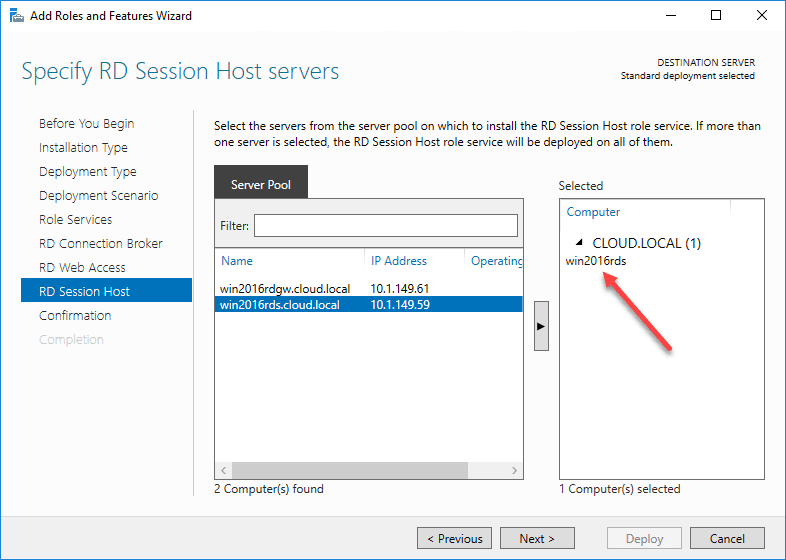

Ĭonnection request policies are sets of conditions and settings that allow network administrators to designate which Remote Authentication Dial-In User Service (RADIUS) servers perform the authentication and authorization of connection requests that the server running Network Policy Server (NPS) receives from RADIUS clients. Choose a Friendly name and specify a shared secret. Īdd the Azure Multi-Factor Authentication Server as a RADIUS client. Right-click RADIUS Clients under RADIUS Clients and Servers in the left column and select New. Prepare NPS to receive authentications from the MFA Server In the Number of seconds between requests when server is identified as unavailable field, change the default value of 30 seconds to a value that is equal to or greater than the value you specified in the previous step.Ĭlick OK two times to close the dialog boxes. In the Load Balancing tab, in the Number of seconds without response before request is considered dropped field, change the default value from 3 to a value between 30 and 60 seconds. In the Edit RADIUS Server dialog box, select the Load Balancing tab. In the TS GATEWAY SERVER GROUP Properties dialog box, select the IP address or name of the NPS server you configured to store RD CAPs, and then click Edit.

In the details pane, double-click TS GATEWAY SERVER GROUP. In the NPS (Local) console, expand RADIUS Clients and Servers, and select Remote RADIUS Server Groups. On the menu, click Tools, and then click Network Policy Server.

On the RD Gateway server, open Server Manager. To ensure there is time to validate users’ credentials, perform two-step verification, receive responses, and respond to RADIUS messages, it is necessary to adjust the RADIUS timeout value. You must have a working Remote Desktop Services (RDS) infrastructure and Azure MFA infrastructure in place If you do not, then you can follow the steps Installing and Configuring Remote Desktop Services (RDS) and Implementing Azure Multi-Factor Authentication (MFA) Server On-premises with High Availability (HA)Ĭonfigure RADIUS timeout value on Remote Desktop Gateway NPS Remote Desktop Services (RDS) and Azure MFA infrastructure Remote Desktop Services (RDS) infrastructure.This section details the prerequisites necessary before integrating Azure MFA with the Remote Desktop Gateway.īefore you begin, you must have the following prerequisites in place.
#SERVER 2016 REMOTE DESKTOP SERVICES REMOTEAPP MSI HOW TO#
This blog post shows how to Implementing RADIUS Authentication with Remote Desktop Services When you deploy Network Policy Server (NPS) as a Remote Authentication Dial-In User Service (RADIUS) server, NPS performs authentication, authorization, and accounting for connection requests for the local domain and for domains that trust the local domain. RADIUS proxies, which forward connection request messages to RADIUS RADIUS clients are network access servers, such as wireless access points, virtual private network (VPN) servers, 802.1X-capable switches, and dial-up servers. As a RADIUS server, NPS performs centralized connection authentication, authorization, and accounting for many types of network access, including wireless, authenticating switch, dial-up and virtual private network (VPN) remote access, and router-to-router connections. NPS is the Microsoft implementation of the RADIUS standard specified by the Internet Engineering Task Force (IETF) in RFCs 28.


 0 kommentar(er)
0 kommentar(er)
